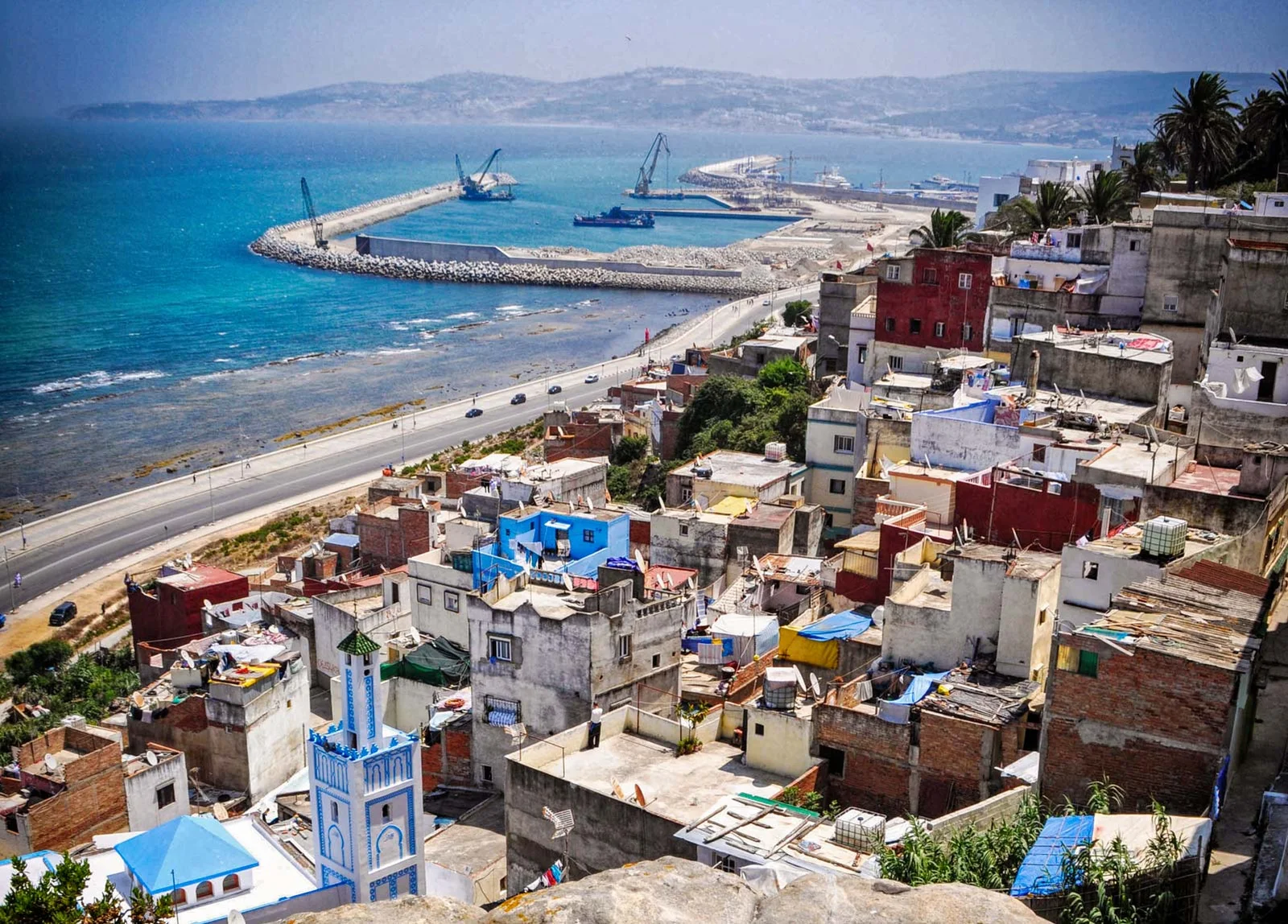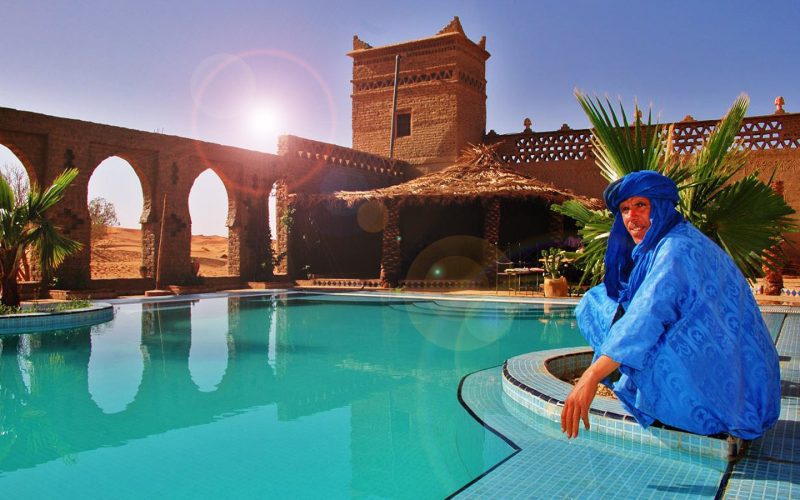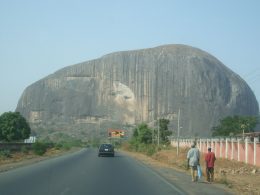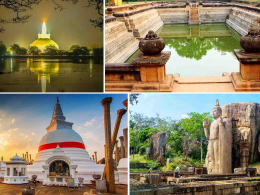Tangiers, Morocco, a city that has stood the test of time, exudes an unparalleled historical charm and cultural richness. This vibrant port city, located at the intersection of Africa and Europe, has been a melting pot of civilizations for centuries. Its unique blend of history, culture, and modernity makes it a fascinating destination for those seeking a deeper understanding of the world.
A Tapestry of History
Tangiers’ history is a complex and colorful tapestry woven from the threads of various civilizations. Its strategic location at the western entrance to the Strait of Gibraltar has made it a coveted prize for empires and nations throughout history.

Ancient Beginnings
The city’s origins can be traced back to antiquity. Tangiers was founded by the Carthaginians in the 5th century BCE, and it quickly became a vital trading hub. The city’s importance grew under Roman rule, when it was known as Tingis. The remnants of Roman architecture, including mosaics and ruins, still bear witness to this era.
Islamic Influence
In the 8th century, Tangiers fell under Islamic rule, marking the beginning of a new chapter in its history. The city’s culture and architecture were profoundly influenced by Islamic traditions. The Kasbah, a fortress that still stands today, was constructed during this period and offers a glimpse into the city’s medieval past.
European Intrigues
Tangiers’ history took another turn in the 15th century when it became a focal point of European interest. The Portuguese, Spanish, and British all vied for control of the city. The Treaty of Tangiers in 1661 saw the city ceded to England as part of the dowry of Catherine of Braganza, who married King Charles II. This period of European influence left an indelible mark on the city’s architecture and culture.
International Zone
In the early 20th century, Tangiers became an international zone, a unique status that attracted diplomats, spies, and artists from around the world. This cosmopolitan atmosphere gave rise to a thriving cultural scene, with writers like Paul Bowles and artists like Henri Matisse finding inspiration in the city’s vibrant streets.
Architectural Marvels
Tangiers’ architectural landscape is a testament to its rich history. The city’s buildings reflect a blend of Moorish, European, and modern influences, creating a unique and captivating urban environment.
The Kasbah
The Kasbah, perched on a hill overlooking the city, is one of Tangiers’ most iconic landmarks. This historic fortress, with its narrow winding streets and ancient walls, offers breathtaking views of the Mediterranean Sea. Within the Kasbah, visitors can explore the Dar el Makhzen, a former sultan’s palace that now houses a museum showcasing Moroccan art and history.
The Medina
The Medina, or old town, is a labyrinth of narrow alleys and bustling markets. Here, visitors can immerse themselves in the vibrant atmosphere of Tangiers. The Grand Socco, a lively square at the entrance to the Medina, is a hub of activity, with shops, cafes, and street performers. The Petit Socco, a smaller square, has been a meeting place for artists and intellectuals for decades.
European Influences
Tangiers’ European influence is evident in its architecture. The city’s French and Spanish quarters feature elegant buildings with ornate facades and wide boulevards. The Church of St. Andrew, an Anglican church built in the late 19th century, is a striking example of this architectural fusion, combining Moorish and Gothic elements.
Cultural Richness
Tangiers’ cultural richness is a reflection of its diverse history and cosmopolitan character. The city’s vibrant arts scene, culinary traditions, and festivals offer a glimpse into its dynamic cultural landscape.
Artistic Heritage
Tangiers has long been a haven for artists and writers. The city’s bohemian atmosphere and stunning landscapes have inspired countless creative minds. The Tangier American Legation Museum, housed in a historic building, celebrates this artistic heritage with exhibits on the city’s literary and artistic connections.

Culinary Delights
Tangiers’ cuisine is a delightful fusion of Moroccan, Mediterranean, and European flavors. The city’s bustling markets are filled with fresh produce, spices, and seafood. Visitors can savor traditional Moroccan dishes such as tagine and couscous, as well as international cuisine in the city’s many restaurants and cafes.
Festivals and Traditions
Tangiers’ cultural calendar is filled with festivals and events that celebrate its diverse heritage. The Tanjazz Festival, held annually, attracts jazz enthusiasts from around the world. The Moussem of Sidi Bou Abib, a traditional religious festival, showcases the city’s deep-rooted traditions and customs.
Conclusion
Tangiers, Morocco, is a city that seamlessly blends historical charm and cultural richness. Its storied past, architectural marvels, and vibrant cultural scene make it a captivating destination for travelers and history enthusiasts alike. As one explores the winding streets of the Medina, gazes out from the Kasbah, or enjoys a meal in a bustling market, the unique character of Tangiers comes to life, offering a truly unforgettable experience.












